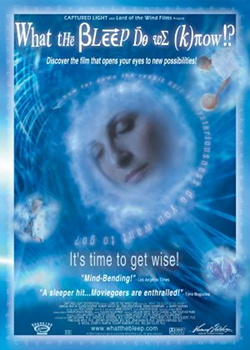Michael Collins was a pacifist and cybernetics expert, who believed his work was being used to develop advanced prostheses for handicapped people. When he discovered that his employers were really building a superpowered killer cyborg code-named “Deathlok,” Collins was murdered and his brain placed inside Deathlok. His mind was thought to have been destroyed; the brain was simply to serve as “wetware” support for the cyborg’s operating system. But Michael Collins was still there, inside, and eventually he regained control of Deathlok. Vowing never to use his powers to kill another living being, he set off to make a new life for himself.
The first issue of Deathlok I read was #16 (October ’92), and I was immediately fascinated. The mind of a pacifist stuck inside a killer machine? Neat! Sure was a nice break from all those other heroes who willingly went fighting crime and actually liked punching it up with villains.
The series’ uniqueness didn’t end there, though. You see, Michael Collins was a Black man, and proud of it; So was one of the writers, Dwayne McDuffie. Black people (characters or writers) are rare enough in comics, let alone Black people who actually make points about racism and other forms of prejudice. However, those points were only irregularly made. The problem was that Deathlok had two writers who took turns scripting: McDuffie, and one Gregory Wright. The stories written by McDuffie (especially the “Souls of Cyber-Folk” storyline, issues #2–5, and Deathlok’s stay in the country of Wakanda, issues #22–25) were more interesting, original, and made the political points. (“The Souls of Cyber-Folk” is a reference to The Souls of Black Folk by W.E.B. Du Bois, from which Deathlok quotes in issue #2; the story itself draws parallels between racism and the prejudice experienced by cyborgs and artificial beings.) On the other hand, storylines written by Wright were not so interesting or memorable, with shallow plots heavy on mindless action scenes.
It was a constant struggle throughout the series’ short life: for every reader who loved Michael Collins as a Black hero, as a pacifist hero, there was another reader who thought he was a sissy wimp, and hungered for Deathlok to get back to its roots. See, way back in the 70’s, there was apparently a series called Deathlok the Demolisher, set in a lawless and violent post-apocalyptic future; the title character used to be a US Marine Colonel named Luther Manning who was augmented against his will after being critically injured, and went on to become an ultraviolent anti-hero. More recently (in 1990), Marvel published the adventures of another Deathlok cyborg with the organics and brain of a ruthless and bloodthirsty beat cop and former marine named John Kelly. Taken in that context, a pacifist Deathlok was even more startling. In issue #17, readers learned that Collins’ Deathlok body used to be Kelly’s; his brain had been fried by the onboard computer and replaced by Collins’. At the same time, a backup of Kelly’s personality was reactivated; for a couple of issues it served as Deathlok’s anti-conscience, railing against his pacifistic ways, urging him to be more ruthless, and generally annoying the hell out of Collins and any reader who agreed with him. Kelly’s personality later transferred itself into another cyborg, code-named “Siege,” who made occasional appearances throughout the rest of the series.
The beginning of the end came in issue #31, the start of the 4-part “Cyberstrike” storyline. This weird, confusing story, involving parallel timelines and time paradoxes by the dozen, pitted Michael Collins and Siege against the Luther Manning Deathlok (who never existed in Collins’ timeline) and the Demolisher (i.e.: Manning’s future self) in a crazy and headache-inducing battle royale as they tried to prevent their realities from being destroyed by a power-hungry time-skipping meddler… And that was it. The series ended with this storyline that tried to resolve the paradoxes about all these past, present, alternate-present, and possible-future Deathloks. Not with a bang, not with a whimper, but with a “What the hell?”
It was a tragic waste. A wonderful idea had been lost, probably never to return. Maybe it was doomed from the start, but I don’t feel it was ever given a proper chance. I only wish Marvel’s powers that be had established Dwayne McDuffie as a full-time writer and let him do his own thing, free of constraints. As for those whining losers who only wanted high body counts, they should have been told them to fuck off and go read Spawn or The Punisher.
